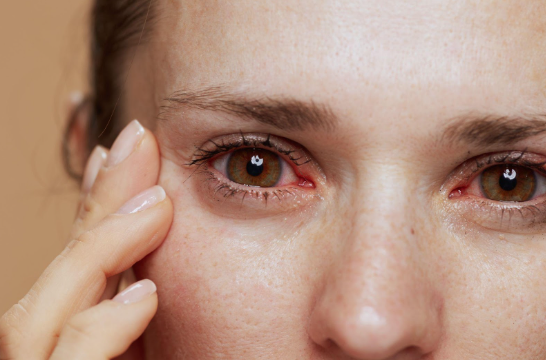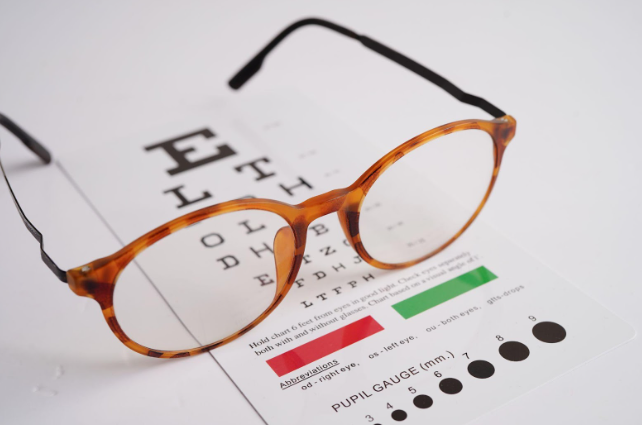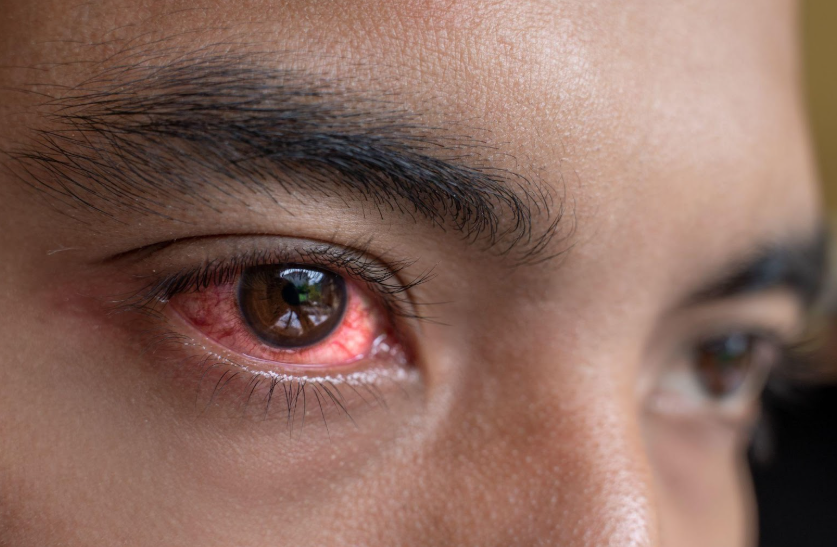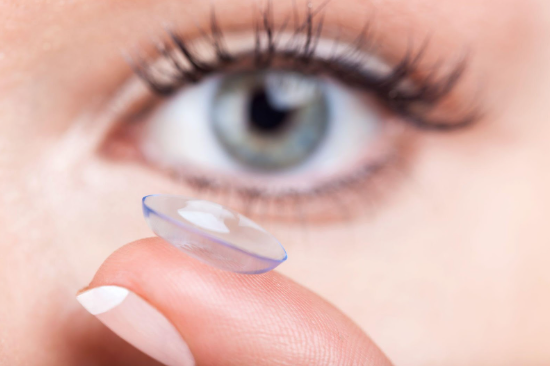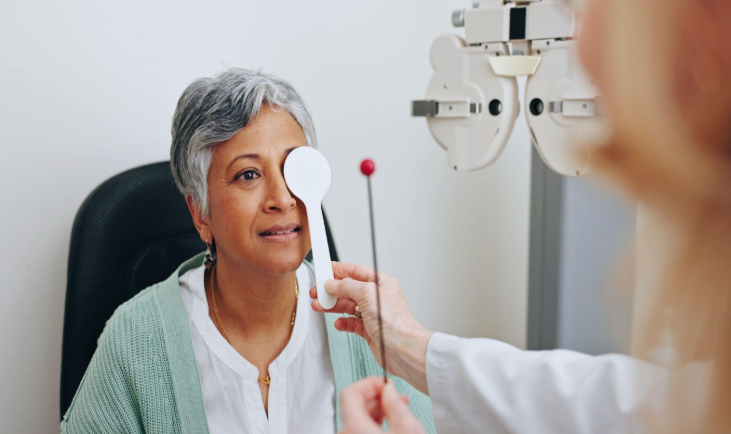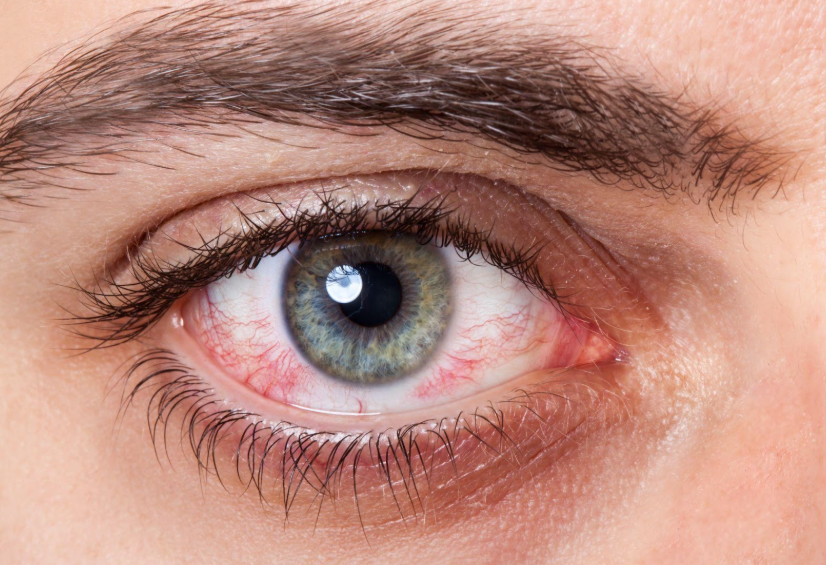A Beginner’s Guide to Contact Lenses

Millions of people choose contacts for a variety of reasons, whether it’s for convenience, lifestyle, sports, or just personal preference. But switching from glasses to contacts involves a lot of choices. If you’re just getting started or exploring your options, this guide covers everything you need to know.
Contact Lenses and Their Types
Contact lenses are thin, curved lenses designed to sit directly on the surface of your eye, specifically on the tear film that covers your cornea. They work by refracting light to focus it precisely onto your retina, correcting your vision.
When you first explore contact lenses, you'll primarily encounter two major categories: soft lenses and rigid gas-permeable (RGP), or hard, lenses.
- Soft Contacts: Made from gel-like, water-containing plastic polymers, these lenses are incredibly comfortable from the moment you put them in. Their flexibility makes them easy to adapt to, which is why they are overwhelmingly the most popular choice, especially for beginners.
- Hard Contacts: While RGPs are indeed less flexible than soft lenses, they are far from uncomfortable. Modern lenses are made from durable plastic materials that allow oxygen to pass through them, making them healthier and more breathable than traditional hard lenses. RGPs take a bit more time to get used to, but there is a prevalent understanding that they offer superior vision.
What Vision Issues Do Contacts Address?
Contact lenses aren't just for people with simple nearsightedness. Modern lens technology can correct a range of common refractive errors, giving many people the freedom from glasses they desire.
Myopia (Nearsightedness)
This is perhaps the most common reason people get contacts. If you have myopia, distant objects appear blurry, while close-up items are clear. Contact lenses, just like glasses, adjust how light focuses on your retina, bringing those faraway objects into sharp focus.
Hyperopia (Farsightedness)
Less common than myopia for contact lens wear, hyperopia means objects that are close appear blurry, while distant vision might be clear or only slightly blurry. Contacts can also correct this, helping your eyes focus properly on nearby tasks.
Astigmatism
This is a common condition where the cornea has an irregular, football-like curve. This causes light to focus unevenly on the retina, leading to blurry or distorted vision at all distances. Toric contact lenses (both soft and RGP) are specifically designed with different powers in different meridians to correct this irregularity, providing wonderfully clear and stable vision.
Presbyopia
This age-related condition affects nearly everyone eventually. Contact lens options for presbyopia include multifocal lenses, which have different prescription zones for near and distance vision, and monovision correction, where one eye is fitted for distance and the other for near tasks. Both methods can help reduce the need for reading glasses and allow you to enjoy your daily activities without constantly reaching for specs.
Essentials for Contact Lens Wearers
Proper care and hygiene are necessary to keep your eyes healthy. Skipping them can lead to discomfort, irritation, or serious infections. Here are some critical tips that you may need to keep in mind:
- Don’t Sleep in Contacts: While there are extended-wear lenses designed for overnight use, most people should remove their contacts before bed. Sleeping in lenses reduces oxygen flow to the eye and creates a warm, moist environment where bacteria can thrive. This increases the risk of corneal ulcers, which can lead to vision loss or permanent scarring if left untreated.
- Don’t Use Tap Water: Using tap water to rinse and store your contacts can expose your eyes to dangerous microorganisms. The same goes for showering or swimming while wearing contacts. For example, Acanthamoeba, one of the microorganisms, can cause painful infections and corneal damage. Always use contact lens solution, and only use artificial tears labeled safe for contact lenses.
- Follow Replacement Schedules: Don’t try to stretch out wear times to save money. Using daily lenses for more than one day or monthly lenses beyond the recommended period can lead to a buildup of deposits and bacteria.
- Pay Attention to Discomfort: If your eyes feel red, gritty, dry, or sore, take your contacts out immediately and give your eyes a break. If symptoms persist, call your eye doctor. Continuing to wear lenses when something feels off can turn a minor problem into a serious one.
Specialty Contact Lenses
Most people can wear soft or RGP lenses without issue. However, traditional lenses may not offer a comfortable fit or sharp vision for patients with irregular corneas or conditions like keratoconus. That’s where specialty lenses come in.
Scleral lenses are larger than standard contact lenses. Instead of resting on the cornea, they rest on the sclera (the white part of the eye). This design creates a smooth, artificial surface over a misshapen cornea and holds a reservoir of fluid between the lens and the eye, improving comfort and vision. These lenses are custom-made, and fittings take more time, but they are life-changing for many patients.
In addition to scleral lenses, which are hard contact lenses, Mi-Sight daily contact lenses are soft specialty lenses that are FDA approved to slow the progression of myopia (nearsightedness) in children. The fit of these lenses is similar to that of traditional soft contact lenses, but their unique design is what allows them to slow the progression of myopia. Mi-Sight lenses feature treatment zones that create myopic defocus to slow axial elongation and, in turn, slow myopic progression, while correction zones address myopia in all gaze positions so patients can see clearly while wearing them. Patients using these lenses are typically monitored every three months to ensure no myopic progression is noted.
Explore Laser Vision Correction
If you’re frustrated with contact lens maintenance or simply want a long-term alternative, you might be a candidate for Laser Vision Correction (LVC). This includes procedures like LASIK and PRK, which reshape the cornea to reduce or eliminate your need for glasses or contacts.
We, at
South Shore Eye Care, offer free LVC consultations to help you explore your options. We’ll perform a detailed eye exam, check your prescription stability, and determine if you qualify for LASIK or another refractive surgery. Many of our patients who start with contact lenses eventually choose LVC for the freedom it provides. If you’re thinking long-term, we’re here to guide you through that journey too.
At
South Shore Eye, we’re committed to helping you every step of your contact lens journey. Whether you’re dealing with astigmatism, dry eye, or something more complex, our team has the training, tools, and compassion to get you seeing clearly.
Contact us today to schedule a consultation!
